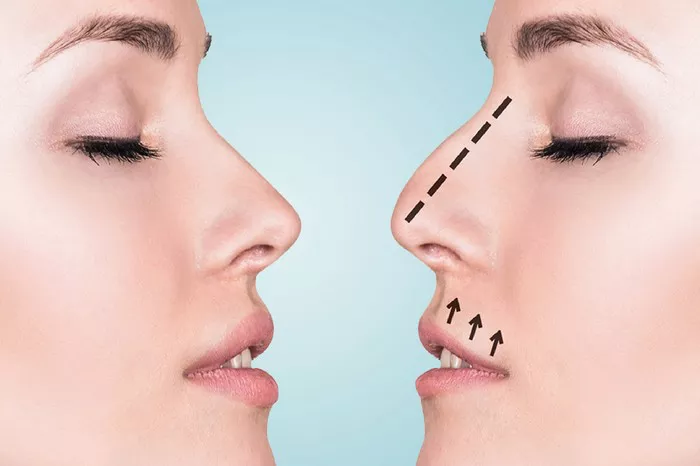Rhinoplasty, also known as a nose job, is a surgical procedure that can improve the appearance and function of the nose. One of the most common concerns among patients who undergo rhinoplasty is the appearance of the tip of the nose after surgery. Many patients worry that the tip of their nose will drop or become more pronounced over time. In this article, we will explore how long after rhinoplasty does the tip drop, and what factors can affect the healing process.
Understanding Rhinoplasty
Before we dive into how long after rhinoplasty does the tip drop, let’s take a closer look at what this procedure entails. Rhinoplasty is a surgical procedure that involves reshaping the nose to improve its appearance and function. This can include reducing the size of the nose, changing the shape of the nostrils, or correcting a deviated septum. Rhinoplasty can be performed using either an open or closed technique, depending on the specific needs of the patient.
The Healing Process After Rhinoplasty
After rhinoplasty, patients can expect a period of swelling and bruising around the nose and eyes. This is a normal part of the healing process and can last for several weeks. During this time, it is important to follow your surgeon’s post-operative instructions to ensure proper healing and minimize the risk of complications.
One of the most common concerns among patients after rhinoplasty is the appearance of the tip of the nose. Many patients worry that the tip of their nose will drop or become more pronounced over time. While it is normal for some changes to occur during the healing process, the extent of these changes can vary depending on a number of factors.
Factors That Can Affect the Healing Process
Several factors can affect the healing process after rhinoplasty, including:
Surgical technique: The surgical technique used during rhinoplasty can affect the healing process and the final outcome. Open rhinoplasty, which involves making a small incision on the outside of the nose, can lead to more swelling and a longer recovery time than closed rhinoplasty, which involves making incisions inside the nostrils.
Skin thickness: The thickness of the skin around the nose can affect the healing process and the final outcome of rhinoplasty. Thicker skin can make it more difficult to achieve the desired results and may result in a longer healing time.
Cartilage structure: The structure of the cartilage in the nose can also affect the healing process after rhinoplasty. Patients with weaker cartilage may experience more changes in the appearance of the tip of the nose over time.
Age: Age can also play a role in the healing process after rhinoplasty. Younger patients tend to heal more quickly and have better skin elasticity, which can result in a more favorable outcome.
How Long After Rhinoplasty Does the Tip Drop?
The amount of time it takes for the tip of the nose to drop after rhinoplasty can vary depending on the individual patient and the specific surgical technique used. In general, most changes in the appearance of the nose will occur within the first few weeks after surgery. However, it can take several months for the final results of rhinoplasty to become fully apparent.
It is important to note that some changes in the appearance of the nose are normal during the healing process and may not necessarily indicate that the tip of the nose is dropping. For example, swelling and bruising can make the nose appear larger or more pronounced than it actually is. As the swelling subsides and the nose heals, the appearance of the nose will continue to improve.
Managing Expectations After Rhinoplasty
Managing expectations after rhinoplasty is an important part of the healing process. It is important to remember that the final results of rhinoplasty may not be apparent for several months after surgery. In addition, it is normal for some changes to occur during the healing process, and these changes may not necessarily indicate that the surgery was unsuccessful.
If you are considering rhinoplasty, it is important to choose a qualified and experienced surgeon who can help you understand the healing process and manage your expectations. By following your surgeon’s post-operative instructions and being patient during the healing process, you can achieve the best possible outcome from your rhinoplasty surgery.
Conclusion
Rhinoplasty is a surgical procedure that can improve the appearance and function of the nose. One of the most common concerns among patients after rhinoplasty is the appearance of the tip of the nose. While it is normal for some changes to occur during the healing process, the extent of these changes can vary depending on a number of factors. By understanding the healing process and managing your expectations, you can achieve the best possible outcome from your rhinoplasty surgery.

